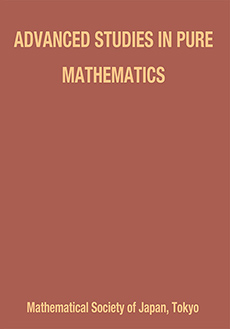Abstract
The concept of motivic integration was invented by Kontsevich to show that birationally equivalent Calabi-Yau manifolds have the same Hodge numbers. He constructed a certain measure on the arc space of an algebraic variety, the motivic measure, with the subtle and crucial property that it takes values not in $\mathbb{R}$, but in the Grothendieck ring of algebraic varieties. A whole theory on this subject was then developed by Denef and Loeser in various papers, with several applications.
Batyrev introduced with motivic integration techniques new singularity invariants, the stringy invariants, for algebraic varieties with mild singularities, more precisely log terminal singularities. He used them for instance to formulate a topological Mirror Symmetry test for pairs of singular Calabi-Yau varieties. We generalized these invariants to almost arbitrary singular varieties, assuming Mori's Minimal Model Program.
The aim of these notes is to provide a gentle introduction to these concepts. There exist already good surveys by Denef-Loeser [DL8] and Looijenga [Loo], and a nice elementary introduction by Craw [Cr]. Here we merely want to explain the basic concepts and first results, including the $p$-adic number theoretic pre-history of the theory, and to provide concrete examples.
The text is a slightly adapted version of the 'extended abstract' of the author's talks at the 12th MSJ-IRI "Singularity Theory and Its Applications" (2003) in Sapporo. At the end we included a list of various recent results.
Information
Digital Object Identifier: 10.2969/aspm/04310529


